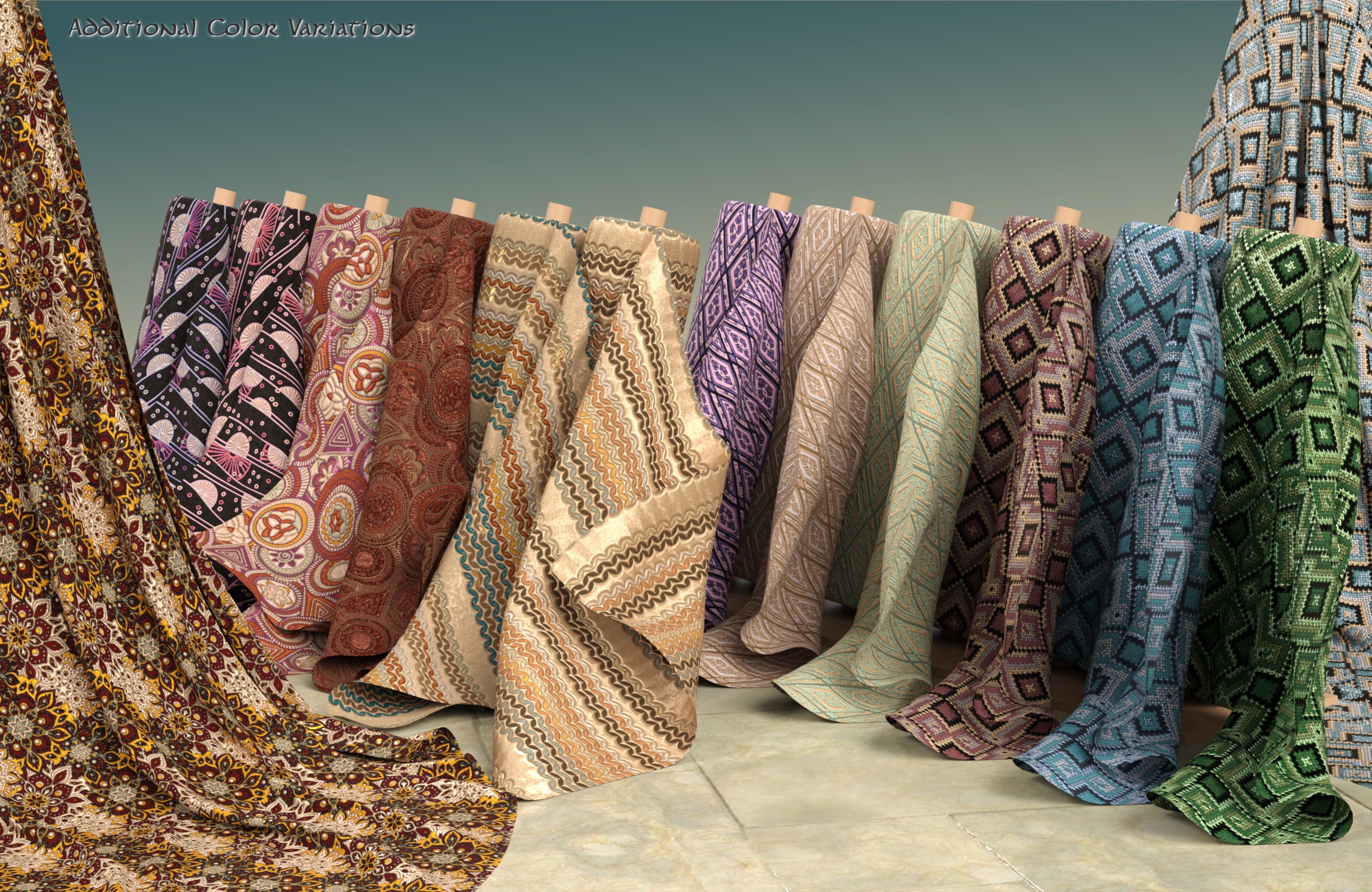
The point of the practice is to make a flat image fit a 3D object that has volume and bulges in the way that each detail perfectly matches the proper spot on a model. Texture mapping is the stage of wrapping a 3D model with different types of texture maps: bump, normal, glossiness, roughness, metallic, and many others.

This sample then helps create a harmonious and natural shade in the larger picture. It is achieved when the texture structure of the model is read through the GPU (Graphics Processing Unit) using the colors of nearby texels. Oftentimes, artists will also use a technique known as texture sampling. Often, mountains, ridges, and landscapes are textured using this method to visually emphasize bulges and elevation transitions. Texture shading is the process of creating the relief and volume of an object. This way, the artist sees areas that need improvement that are not visible on a flat map. Texturing is performed on the surface of a 3D model, which is rotated in the process to study which parts of the figure need additional work. Let’s take a look at the main stages of standard texturing.ģD texture painting is the process of adding texture details to a model using digital paint. The model is analyzed, and followed by several steps of texture design. Textures are 2D in format, but texturing only begins with the creation of a 3D model. If you’re going to make your model look realistic, it’s better to take different types of textures and materials into account at each stage of texturing. In addition, the texture is adjusted by changing the geometry of the object’s surface. In this case, real images can be superimposed on the surface of the 3D object. As a result, color and gloss change depending on their position on the map. In three-dimensional space, color variations are adjusted at each point of the model instead of overlaying two-dimensional textures one on one. All of these features complement the material to match its desired appearance. To achieve this result, artists use color, albedo (light reflection effect), roughness, and bump map textures. Physically-based rendering (PBR) material is textured enough to look natural. It can also be used in game design if an item doesn’t require any interactions with characters and fits into a game environment.

It’s a good basis for texturing to achieve the realistic look of an object. This is a smooth material made using just color and convex. A material somewhat different, being a finished cover containing multiple layers of texture maps - a colormap, detail texture, lightmap, roughness map, and so on.īefore you start texturing, it’s better to decide what type of material and 3D texture to use.

A texture is essentially a characteristic of a model’s surface, wrapping around it and making it look real. Texturing is the process of creating textures for 3D models and materials.


 0 kommentar(er)
0 kommentar(er)
